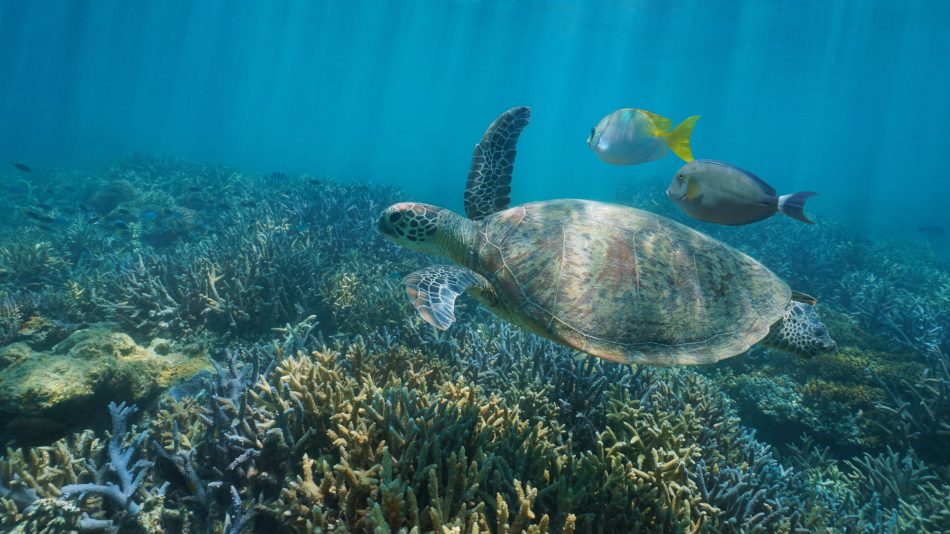The ocean has always been a source of wonder and inspiration. Many have dedicated their entire lives to uncovering the mysteries of the ocean, but there is still so much we don’t know. This past Saturday, the UK announced its mission to fund a worldwide effort to monitor wildlife in the open oceans so that we can more accurately grasp which aquatic populations are endangered.
They propose deploying small action cameras, complete with bait, to the depth of approximately 30 feet beneath the ocean’s surface. Researchers will decide where to position each camera and will record anything that swims nearby. They hope for the project to cover four oceans and the Caribbean in waters near ten of the UK’s overseas territories.
When we think about the ocean, we generally imagine iconic landmarks such as the Great Barrier Reef, often forgetting about the high seas in international waters. With these cameras, researchers hope to gain a better understanding of what wildlife exists out there, and how it’s being affected by human activity.
The technology will also have the means to measure populations over time to see if they’re stable. If populations are unexpectedly rising or drastically falling, researchers can more easily pinpoint the cause with this abundance of data.
This project is being undertaken as part of an international effort known as 30×30, which aims to protect 30 percent of the planet’s land and water by 2030. According to conservationists, we must strive to meet this goal for the survival of our species.
Although our oceans are in a dire situation, with numerous populations being threatened by overfishing and pollution, there are many encouraging studies that have highlighted the potential of a project like 30×30. If we protect our environment, particularly our oceans, we can improve food insecurity, significantly reduce carbon emissions, and boost biodiversity.











